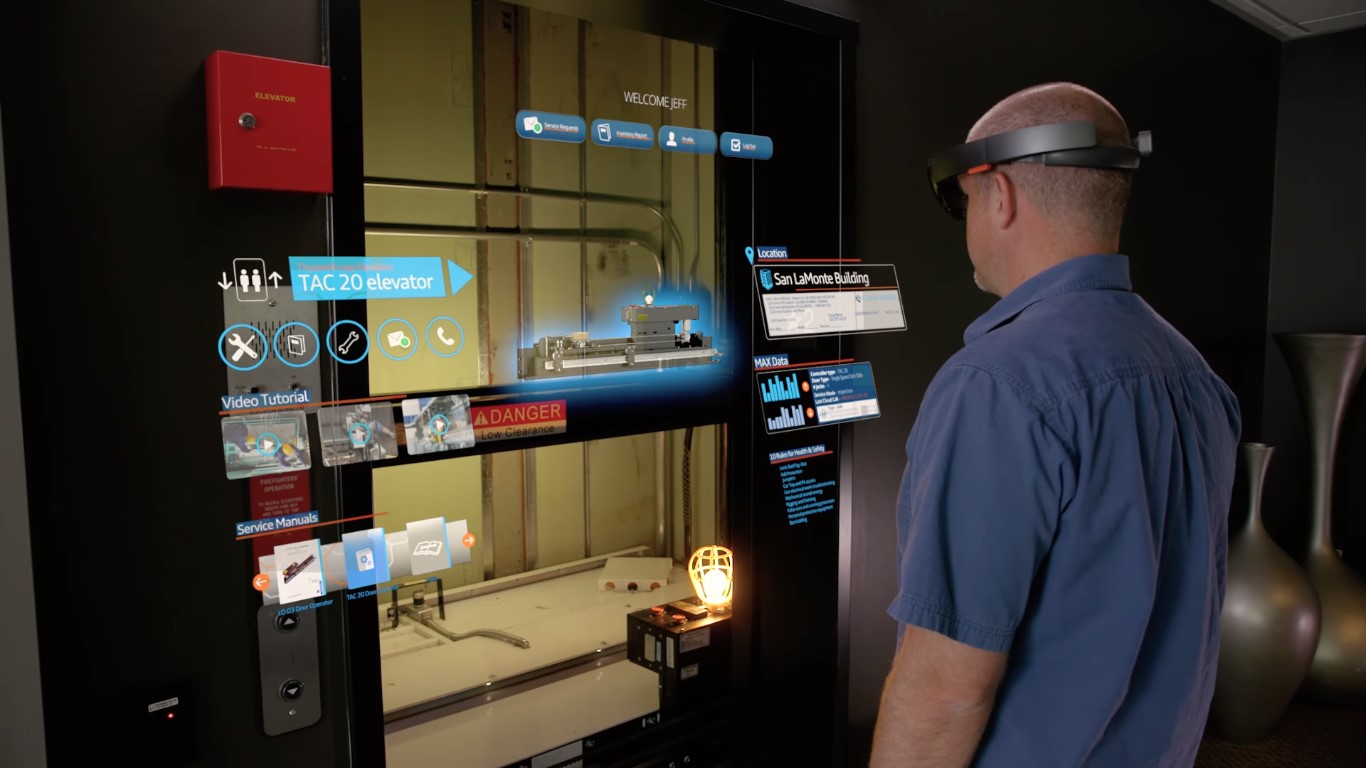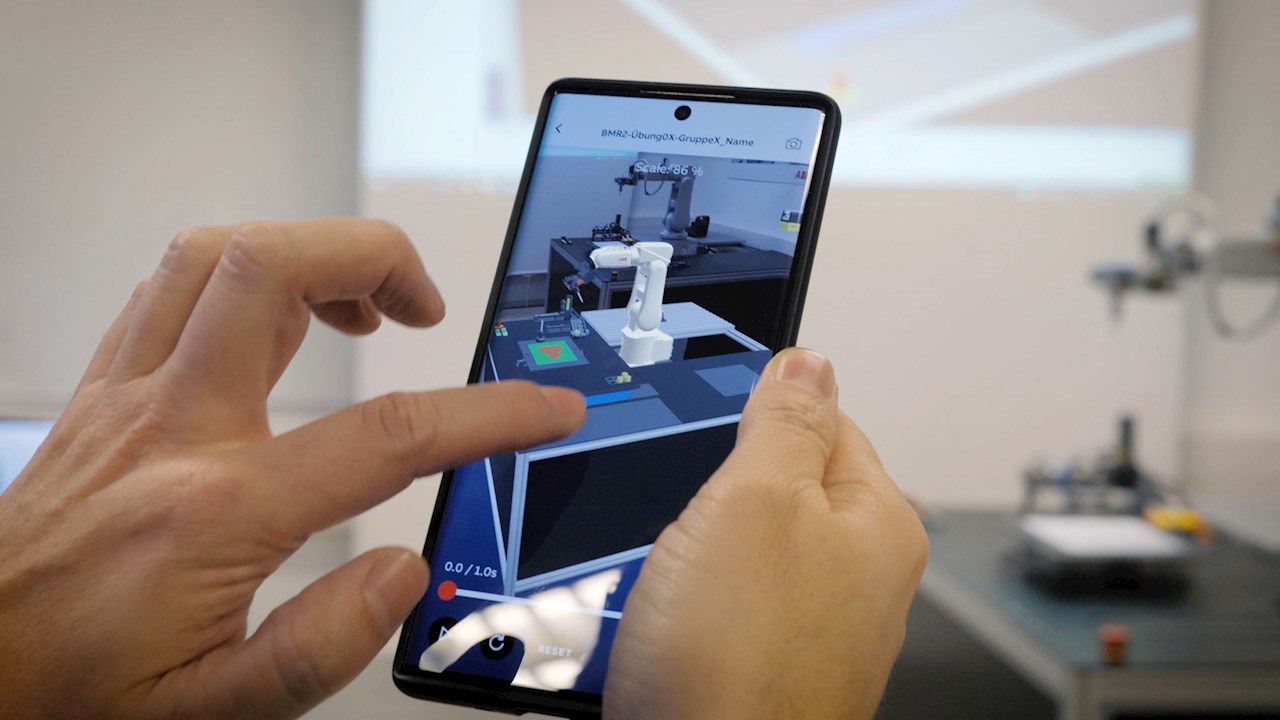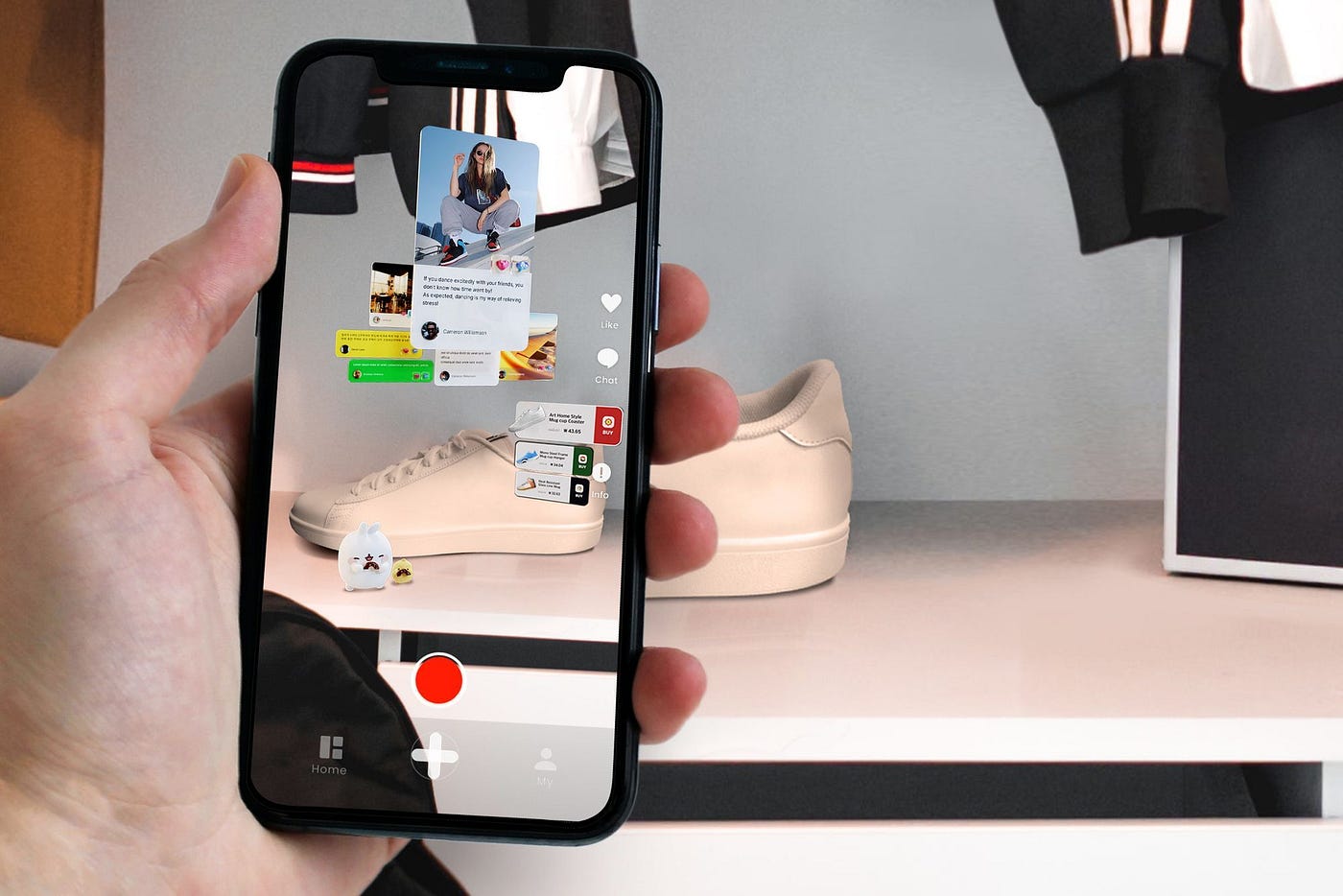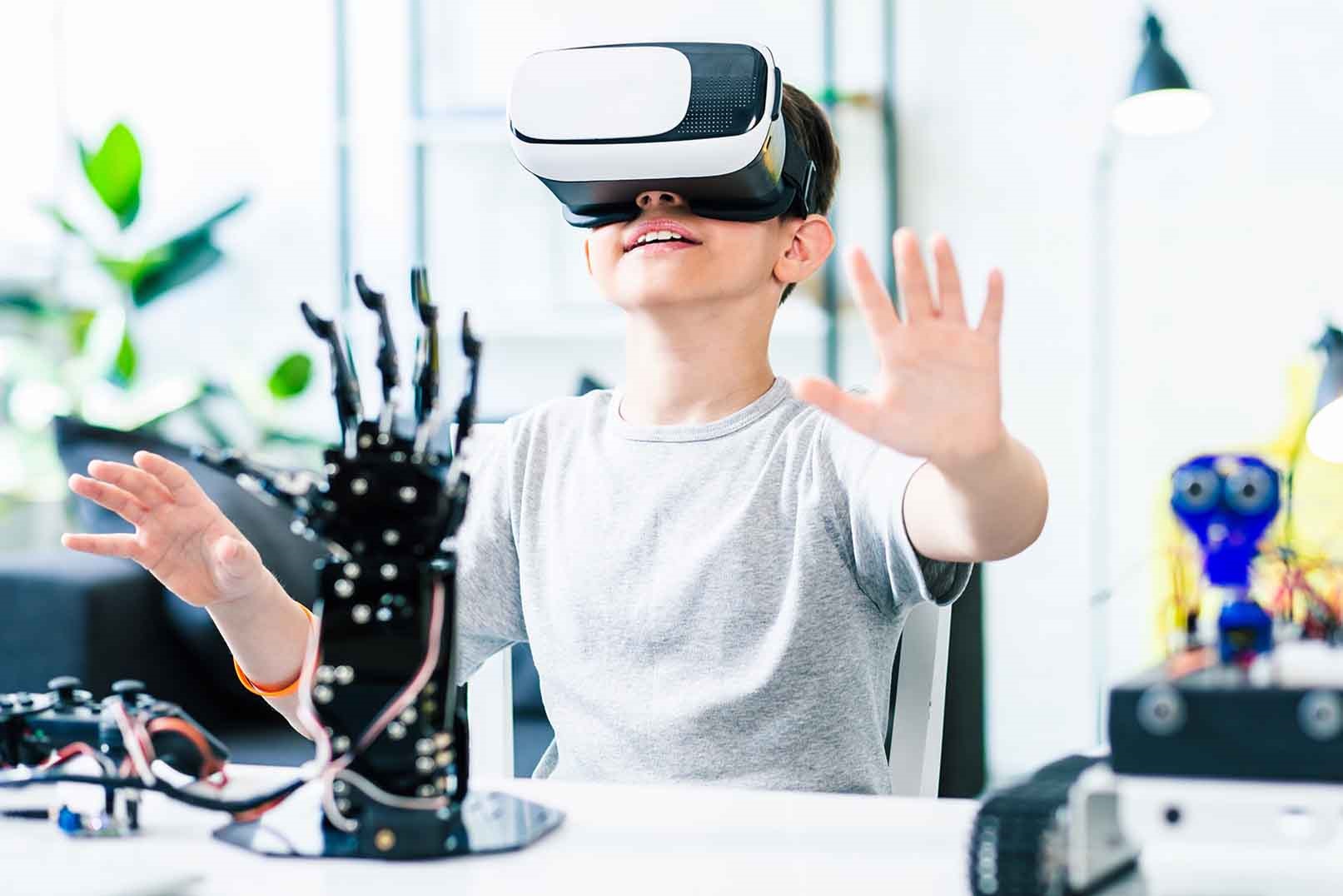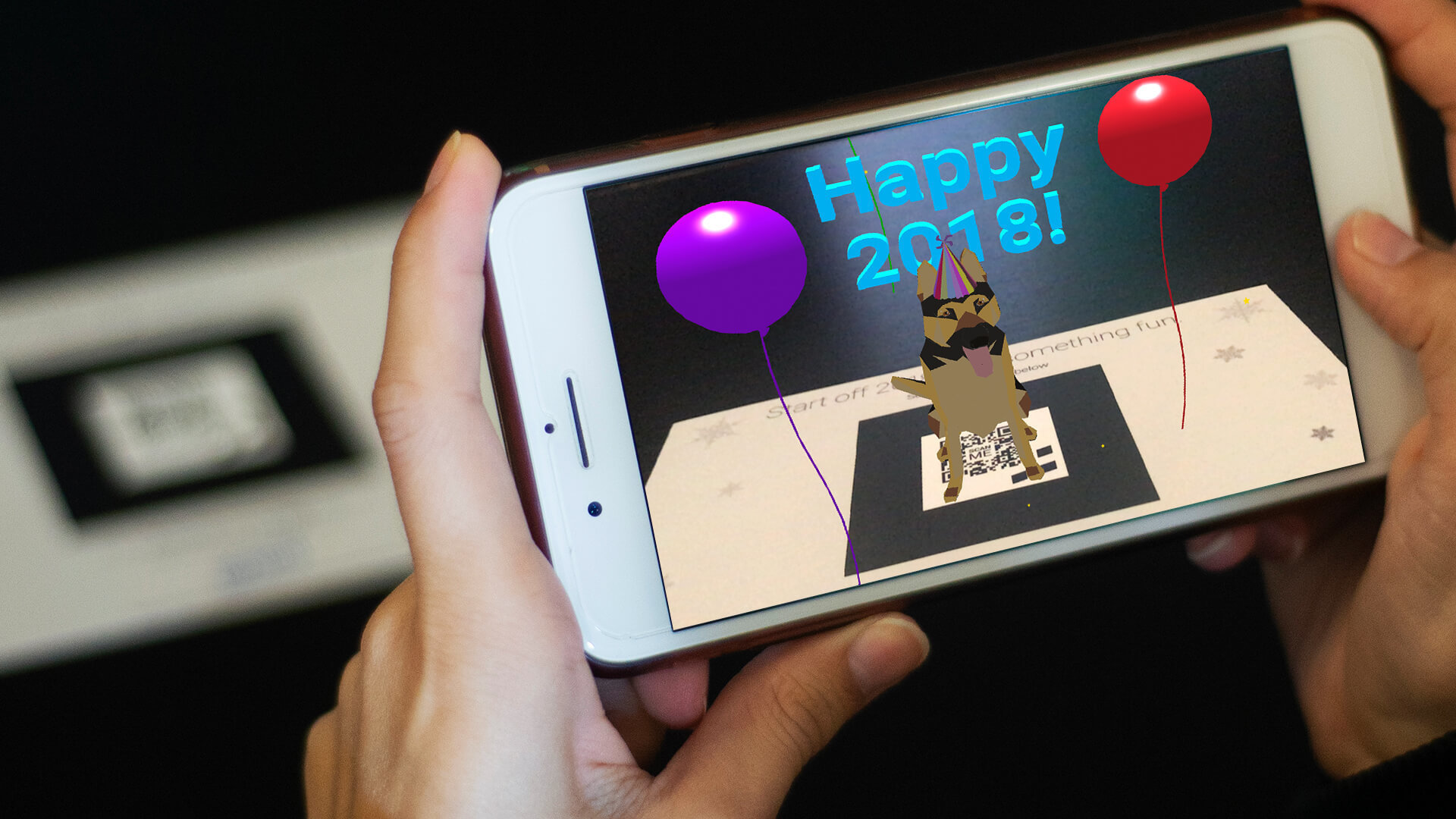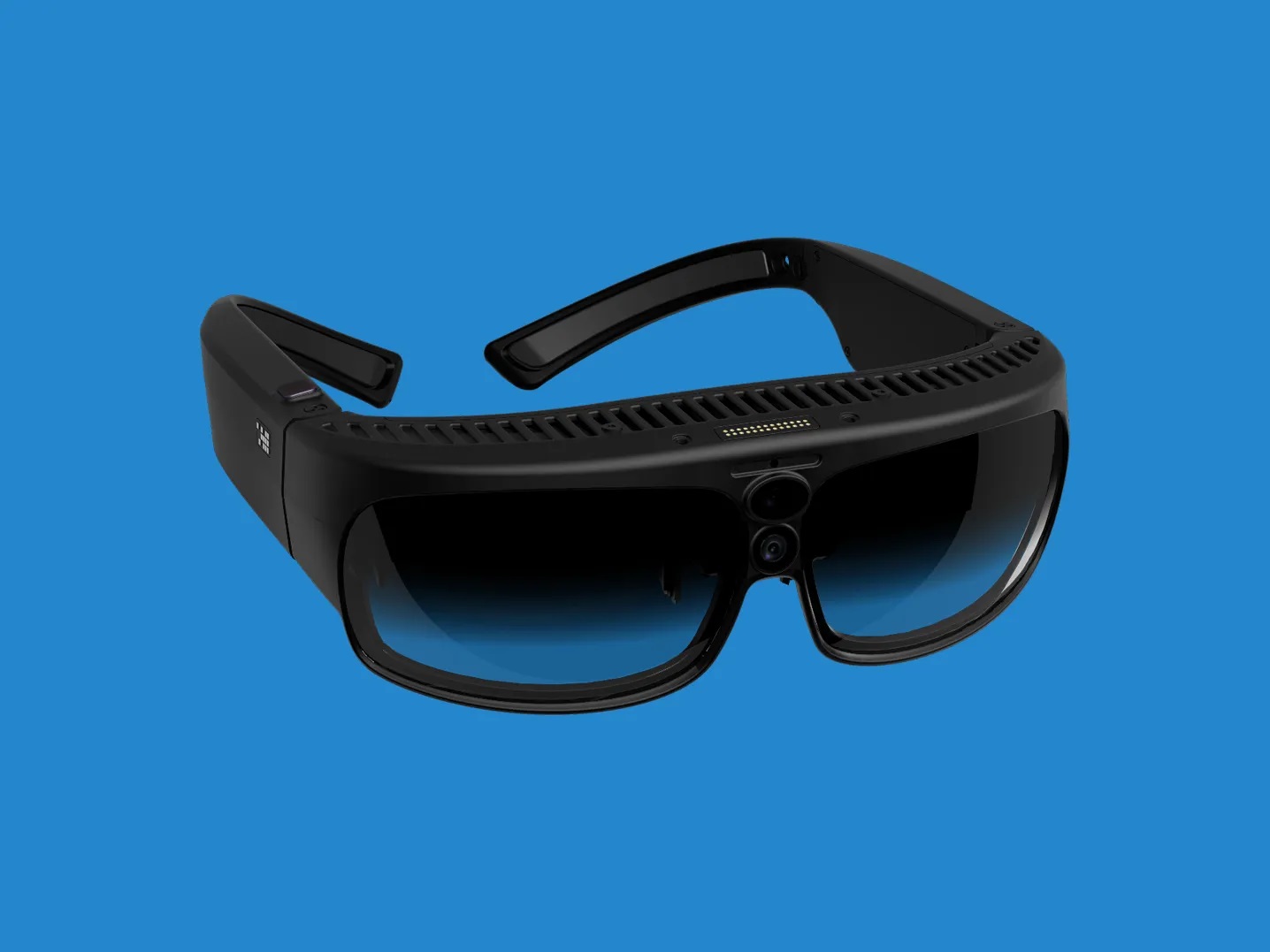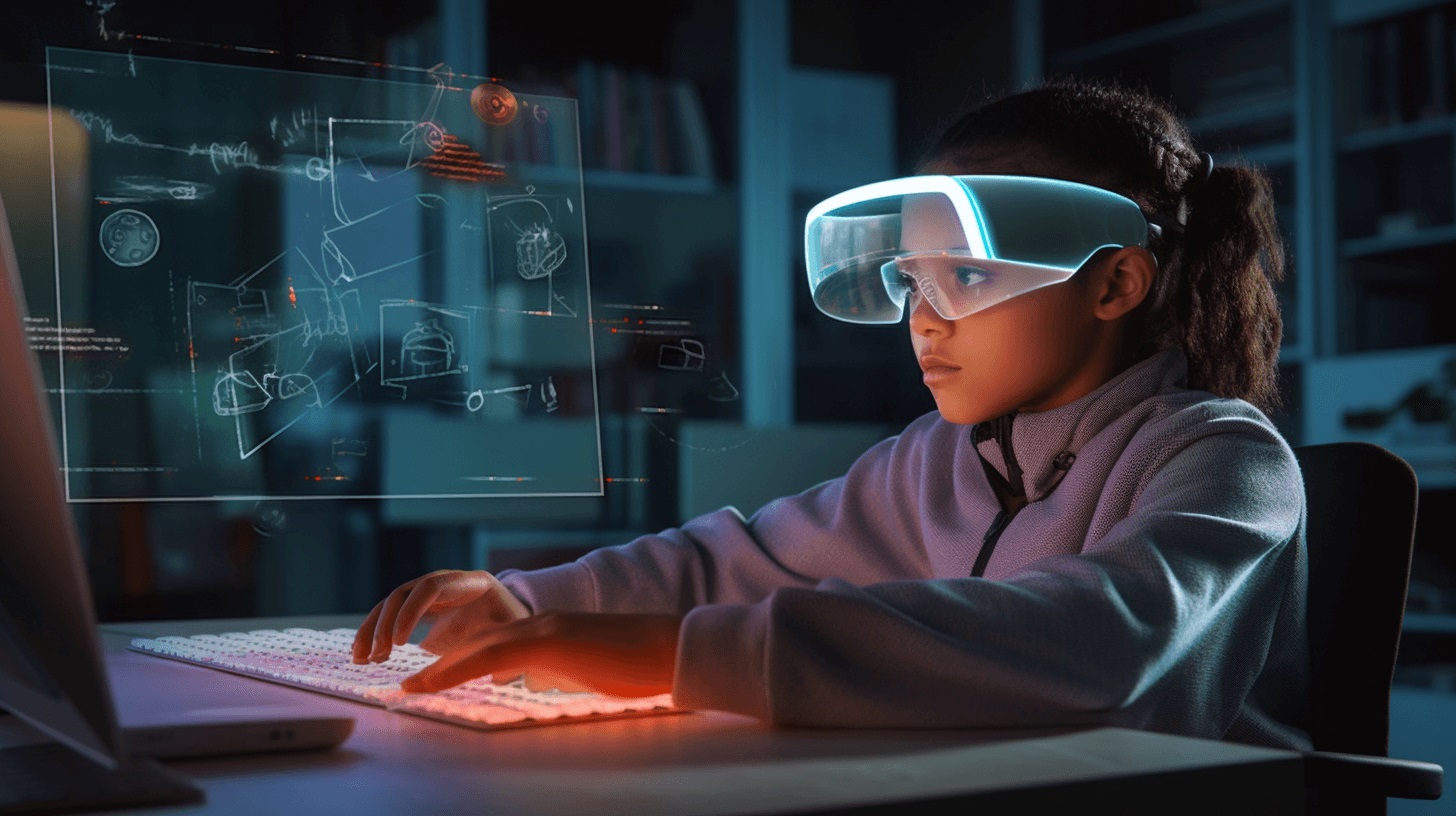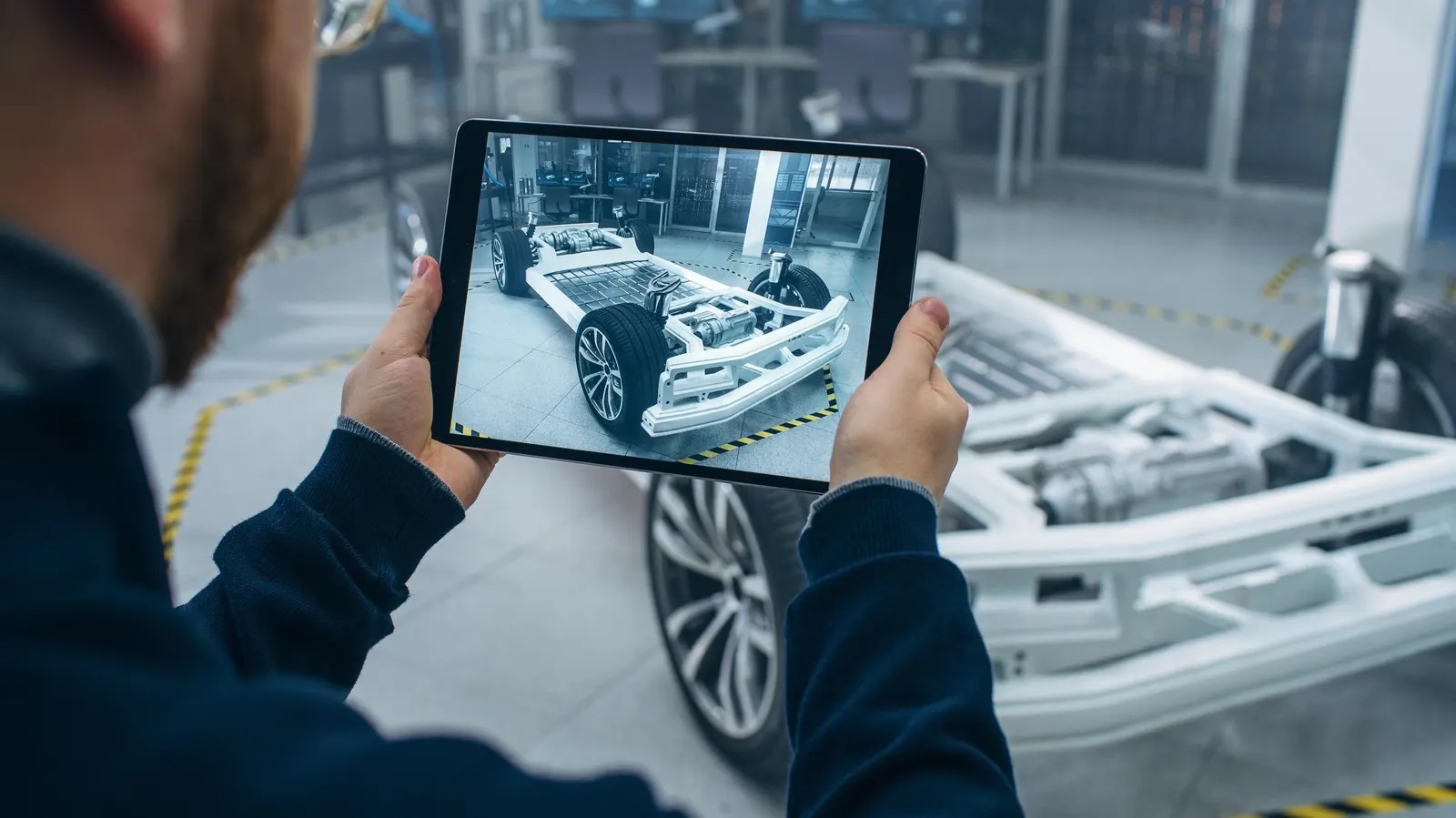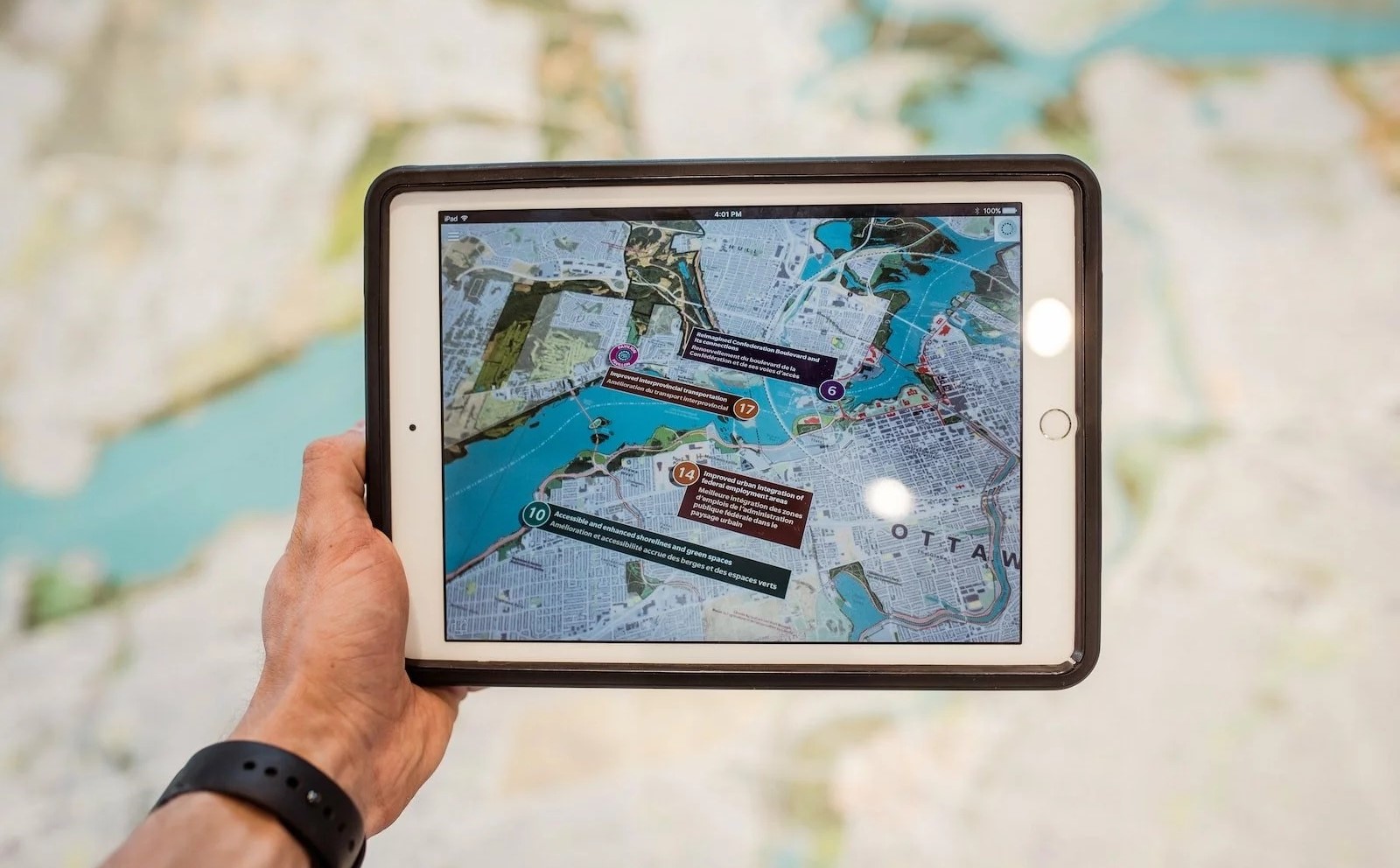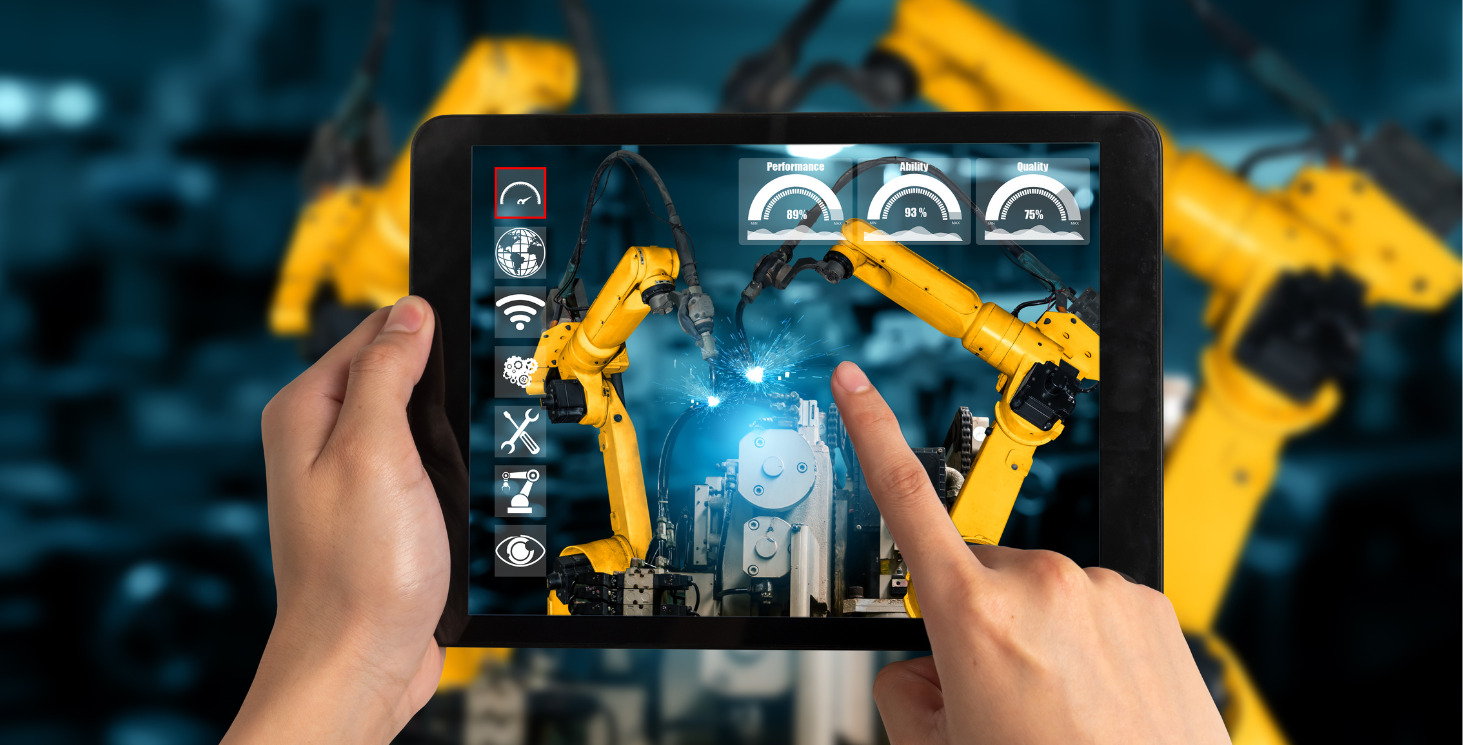Home>Latest News>Technology Trends>The Advantages of Augmented Reality
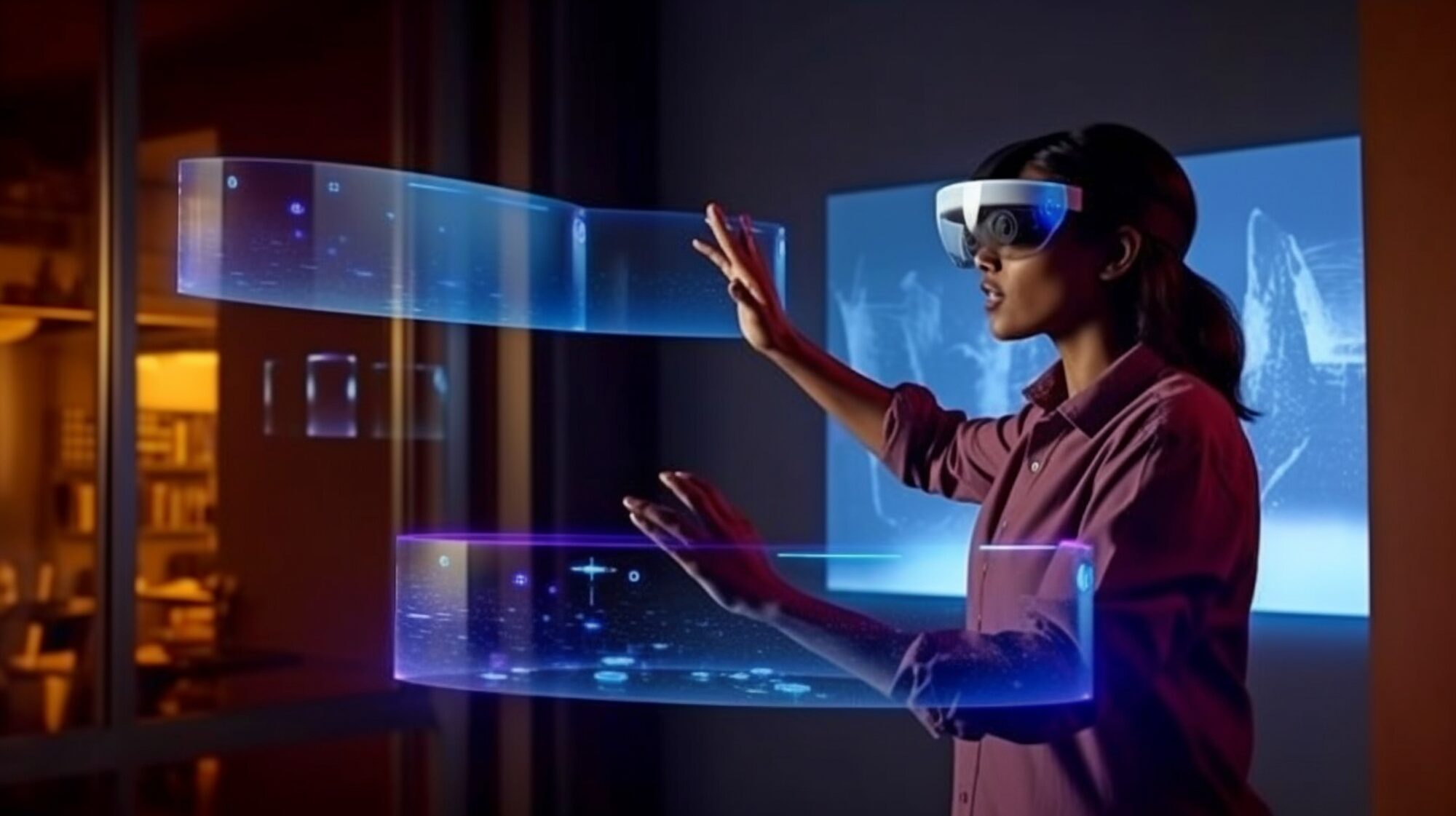

Technology Trends
The Advantages of Augmented Reality
Modified: September 5, 2024
Discover the latest technology trends and explore the advantages of augmented reality in this insightful guide. Stay ahead with the latest tech innovations.
(Many of the links in this article redirect to a specific reviewed product. Your purchase of these products through affiliate links helps to generate commission for Techsplurge.com, at no extra cost. Learn more)
Table of Contents
The Advantages of Augmented Reality
Augmented reality (AR) has evolved significantly over the past few decades, transforming from a novel concept to a potent tool capable of revolutionizing diverse sectors. This technology, which overlays digital information onto the real world, has been gaining traction across various industries, including education, healthcare, retail, and more. Here, we will explore the advantages of augmented reality, examining its applications, benefits, and future prospects.
Enhanced Learning and Education
One of the most significant advantages of augmented reality is its potential to enhance learning and education. AR tools can create immersive digital experiences that engage students in new and unique ways, making complex concepts more accessible and interactive. For instance, students can explore the Eiffel Tower or other historical landmarks right from their classrooms, gaining hands-on experience without the need for physical travel.
Benefits of AR in Education
-
Expanded Opportunities for Learning: AR tools provide learners with a wide range of educational experiences, from virtual field trips to interactive simulations. This can include viewing and interacting with microscopic objects or geometric forms in 3D, which can lead to deeper learning and greater concept retention.
-
Increased Accessibility: AR technology can bridge the gap for learners who face challenges such as cost or location barriers. For example, students in remote areas can access high-quality educational content through AR-enabled devices, enhancing their learning experience.
-
Higher Levels of Learner Engagement: Interactive AR experiences tend to captivate learners more effectively than traditional teaching methods. This increased engagement can lead to higher levels of participation and better retention rates among students.
-
Engaging Learning Tools for Diverse Learners: AR-based tools can cater to different learning styles by providing hands-on experiences that make abstract concepts more tangible. This inclusivity helps in better meeting the needs of all learners, regardless of their individual learning styles.
Business and Marketing
Augmented reality is not limited to educational settings; it also offers significant advantages in the business and marketing sectors. Companies can use AR to enhance customer experiences, improve product visualization, and streamline marketing campaigns.
Product Visualization
Retailers have been at the forefront of leveraging AR technology to enhance the consumer shopping experience. For instance, apps like the Target app feature "See it in Your Space," which allows users to visualize how products would look in their homes. This feature uses AR to superimpose digital images of products onto real-world environments, providing customers with a more accurate representation of what they are purchasing.
Read more: Augmented Reality Business Card
Marketing Campaigns
AR can be used to launch novel marketing campaigns that engage customers in unique ways. For example, brands can create AR experiences that allow customers to interact with products in a more immersive manner. This can include virtual try-ons for clothing or accessories, which can significantly reduce the need for physical product returns and enhance customer satisfaction.
Remote Assistance
In addition to enhancing customer experiences, AR also offers benefits in remote assistance. Companies can use AR-assisted remote support to resolve or troubleshoot IT issues for clients in real-time. This approach minimizes downtime for customers and allows companies to provide better support without the need for in-person visits from technicians. The real-time collaboration among field technicians and remote technicians further enhances problem-solving and troubleshooting processes, leading to more efficient and accurate repairs.
Entertainment and Gaming
Augmented reality has revolutionized the entertainment and gaming industries by offering immersive and interactive experiences. Games like Pokémon Go, which overlay digital characters onto real-world environments, have become global phenomena, demonstrating the mass appeal and potential of AR.
Dynamic Gaming Environments
AR technology allows for the creation of dynamic gaming environments that blend the physical and digital worlds. This can include augmented reality games that use the player's surroundings to create a more realistic and engaging experience. For instance, players can use their smartphones to capture and interact with virtual objects in their environment, adding a new layer of depth to traditional gaming experiences.
Read more: The Advantages of VPN
Participatory Cinema and Interactive Television
AR is also being used in the entertainment industry to create participatory cinema and interactive television experiences. This involves overlaying digital information onto the physical environment, allowing viewers to engage with the content in a more immersive manner. For example, AR can be used to create interactive storylines where viewers can influence the narrative by making choices that affect the storyline.
Health and Wellness
Augmented reality has significant applications in the healthcare sector, where it can play a crucial role in medical training, patient education, and surgical procedures.
Medical Training
AR apps enable medical professionals to see highly detailed, 3D images of different body systems when they hover their mobile devices over a target image. This use of AR has become a powerful learning tool for training medical professionals, allowing them to practice procedures in a simulated environment before performing them on real patients.
Patient Education
AR can also be used to educate patients about their conditions and treatments. For instance, AR apps can provide detailed visualizations of the human body, helping patients understand complex medical concepts more easily. This increased understanding can lead to better patient compliance with treatment plans and improved health outcomes.
Surgical Procedures
AR technology is being used in surgical procedures to enhance visualization and accuracy. For example, surgeons can use AR to overlay detailed 3D images of the patient's anatomy onto the real-world environment, providing a more accurate and precise view of the surgical site. This can lead to better outcomes and reduced complications during surgeries.
Everyday Convenience
Augmented reality offers numerous benefits in everyday convenience, from navigation systems to home decor planning.
Navigation Systems
Vehicle navigation systems are a common example of AR in everyday life. These systems use GPS data and real-time traffic updates to provide drivers with the most efficient routes, often overlaying digital information such as traffic congestion or road closures onto the physical environment.
Home Decor Planning
Retailers have also leveraged AR to enhance home decor planning. For instance, consumers can use AR apps to visualize how furniture would look in their homes by pointing their cameras at the appropriate room. This feature allows customers to make more informed purchasing decisions and reduces the need for physical product returns.
Future Prospects of Augmented Reality
The future of augmented reality looks promising, with advancements in AI, machine learning, and computer vision expected to further enhance its capabilities. Here are some potential future developments:
-
Wearable Devices: Smart eyewear and other wearable devices could provide a more complete link between the real and virtual realms, making AR more accessible and mainstream.
-
Neuralink Integration: The integration of neural interfaces like Neuralink could revolutionize human-computer interaction, enabling more intuitive and natural control over AR experiences.
-
Mixed Reality: The combination of AR and VR technologies will continue to evolve, offering even more immersive experiences that blend the physical and digital worlds seamlessly.
Augmented reality is redefining the landscapes of various sectors, from education to entertainment. Its ability to blend digital and physical worlds creates an interwoven and immersive experience that alters users' perceptions of the real world. The advantages of AR are multifaceted, ranging from enhanced learning and education to improved business and marketing strategies. As technology continues to advance, we can expect even more innovative applications of AR, transforming how we interact with the world around us.

